Facile WordPress Theme User Guide
English | 简体中文
You are now viewing the WordPress version of the theme. If you're looking for the Typecho version, you can find it at https://github.com/changbin1997/Facile.
If you encounter any issues, have suggestions, or want to report a bug, feel free to leave a comment or create an issue on GitHub Issues.
If you find that my blog is not displayed in English, you can switch the language to the left of the search form in the top-right corner.
Installation
The theme is currently awaiting review by the official WordPress team. Once approved, you will be able to install it directly from the WordPress theme directory. For now, you need to install it manually.
Method 1
- Go to the Releases page and download the latest version of Facile as a ZIP file.
- Log in to your WordPress admin panel and go to
Appearance-Themes. - Click
Add New Theme, then clickUpload Theme. Choose the downloaded ZIP file and clickInstall Now. - After installation, click
Go to Themes page. You should see the Facile theme there. ClickActivateto enable it.
Method 2
- Go to the Releases page and download the latest version of Facile as a ZIP file.
- Upload the theme to the
wp-content/themesdirectory of your WordPress installation. - Extract the Facile ZIP file. After extraction, you should see a
facilefolder. - Log in to your WordPress admin panel and go to
Appearance-Themes. The Facile theme should now be visible. ClickActivateto enable it.
Language
The Facile theme currently supports Chinese and English. More languages will be added in the future.
The theme's language automatically syncs with your WordPress language setting. For example, if your WordPress site is set to English, Facile will also appear in English.
Theme Settings
You can access the theme settings by logging into your WordPress admin panel and navigating to Appearance > Customize.
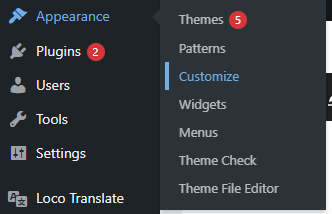
Site Identity
Here you can set the Site Title, Tagline, and Site Icon.
Site Title: Appears in the top navbar and the browser tab.
Tagline: Is displayed after the Site Title in the browser tab.
Site Icon (Favicon): Is displayed in front of the title in the browser tab.
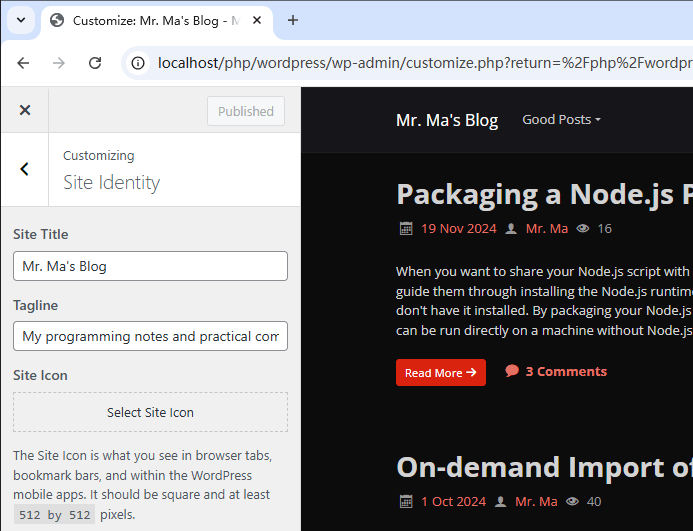
Theme Color Scheme
Set the default color scheme that visitors will see when they first visit your site. The available options are:
- Light Theme
- Dark Theme
- Follow System Theme
Follow System Theme will automatically switch between light and dark modes based on the user's operating system settings.
You can also add a color scheme switcher widget to the sidebar, allowing visitors to manually change the theme's color mode.
Navbar Settings
Settings related to the top navbar and breadcrumb navigation.
Breadcrumb Navigation
When enabled, breadcrumb navigation will appear below the navbar to help users understand the page hierarchy and their current location.

Navbar Logo Image
You can set a custom logo image to be displayed in the navbar. By default, the Site Title will be used as the logo.
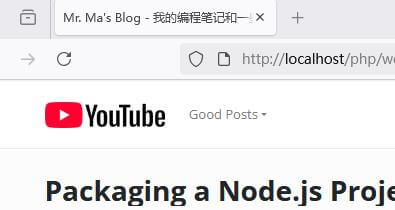
Navbar Logo Height Limit
Adjust the height of the logo in the navbar (in pixels) to avoid overly large or small logos. Enter the number directly without adding px.
Post Settings
Settings related to the post list and post content.
Post List Display
Choose how posts are displayed on the homepage and archive pages. The available options are:
- Display full post in list
- Display post excerpt in list
Post Excerpt Length (Characters or Words)
Sets the number of characters or words for post excerpts in the list. If WordPress is in Chinese, it will count characters; if in English, it will count words. Manually set excerpts on the post edit page are not affected by this limit.
Show Featured Image in Post List
Global setting to show or hide featured images in the post list. If disabled, no featured images will be displayed in the list.
Show Featured Image on Single Post Page
Global setting to show or hide featured images on individual post pages. If disabled, no featured images will be shown on post pages.
Use First Image in Post as Featured Image
If no featured image is set, the first image in the post will be used as the default featured image. If no image is found, no featured image will be displayed.
Post List Featured Image Style
Set the layout style for featured images in the post list on the homepage and archive pages. The available options are:
- Large (Image above title and excerpt)
- Small (Excerpt on the left, image on the right)
Large images have a 18:9 aspect ratio, and small images have a 4:3 aspect ratio. Images that do not fit these ratios will be automatically cropped to match.
Enable Code Block Highlighting
Supports syntax highlighting for over 30 languages, using the VS2015 theme. Disable this if you plan to use another plugin or do not need this feature.
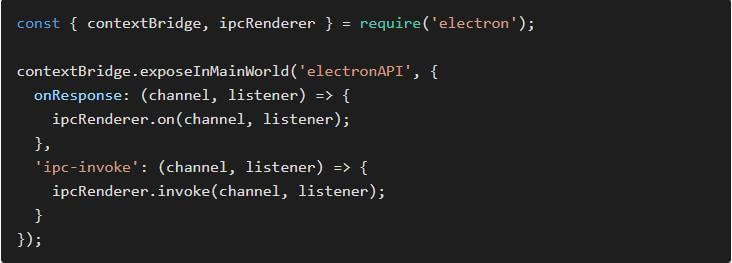
Post View Count
Enable this option to display the view count on both the post list and individual post pages. The view count will increase each time a user visits the post. A cookie will also be set in the user's browser, ensuring that repeated visits within a short period of time from the same user will count as a single view.
Comment Section Settings
Settings related to the comment list and comment form.
Comment Date and Time Display Format
Choose the date and time display format for the comment section. You can choose the format that best suits your language or preference. The available options are:
- 2020年04月23日 13:09
- 2020-04-23 13:09
- April 23rd, 2020 at 01:09 pm
- Time Ago (3 days ago)
The "Time Ago" format will dynamically update based on the elapsed time: for under a minute, it will show seconds; for under an hour, it will show minutes; for under a day, it will show hours; and for over a day, it will show days.
Comment Form Position
Set the position of the comment submission form. The available options are:
- Comment form above the comment list
- Comment form below the comment list
the comment form is where users submit new comments, while the comment list displays published comments.
Developer Settings
Custom code output settings.
Custom HTML Output for the Head Section
HTML in the head section will be output inside the head tag. This can be used for analytics JS or custom JS code.
Custom HTML Output for the Footer Section
HTML at the bottom of the body will be output after the footer and before the closing body tag. This can be used for analytics JS or custom JS code.
Widgets
Facile fully supports WordPress's built-in sidebar widgets. In addition to the default widgets, Facile introduces the following custom widgets:
Facile Color Mode Switcher
This widget allows visitors to manually switch between light and dark modes. The selected mode is saved locally via cookies, so users will see their preferred mode when they return to the site.
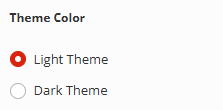
Facile Recent Comments
A simplified and more accessible version of the default recent comments widget, designed for better usability.

Facile Tag Cloud
A colorful tag cloud widget with improved accessibility features, offering a visually appealing and user-friendly experience.
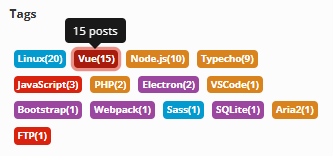
All custom widgets added by Facile are prefixed with Facile for easy identification.
版权声明:本文为原创文章,版权归 Changbin's Blog 所有,转载请联系博主获得授权。
本文地址:https://www.misterma.com/archives/952/
如果对本文有什么问题或疑问都可以在评论区留言,我看到后会尽量解答。
Congratulations on launching your new theme~